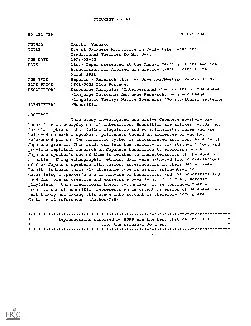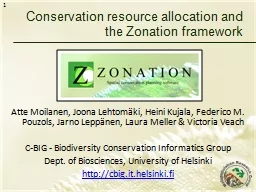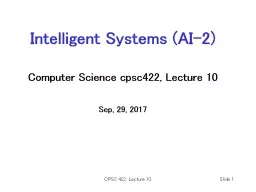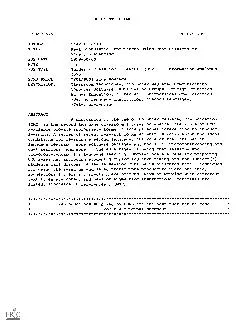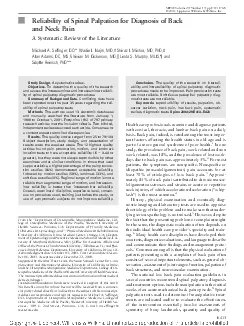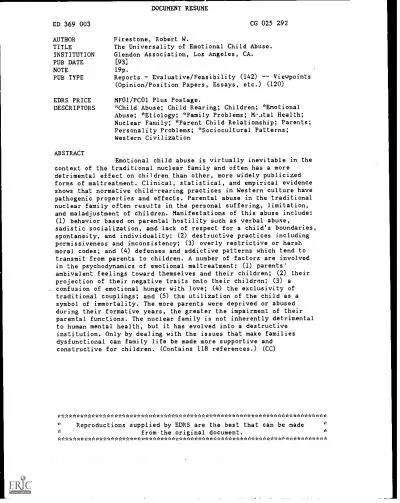PDF-DOCUMENT RESUMEED 422 716FL 025 384AUTHOROkushi, YoshikoTITLEUse of Ja
Author : min-jolicoeur | Published Date : 2015-08-08
S DEPARTMENTOF EDUCATIONOff e of EducationalResearch and ImprovementCATIONAL RESOURCESINFORMATIOlgCENTER ERICThis document hasbeen reproduced asreceived from the
Presentation Embed Code
Download Presentation
Download Presentation The PPT/PDF document "DOCUMENT RESUMEED 422 716FL 025 384AUTHO..." is the property of its rightful owner. Permission is granted to download and print the materials on this website for personal, non-commercial use only, and to display it on your personal computer provided you do not modify the materials and that you retain all copyright notices contained in the materials. By downloading content from our website, you accept the terms of this agreement.
DOCUMENT RESUMEED 422 716FL 025 384AUTHOROkushi, YoshikoTITLEUse of Ja: Transcript
Download Rules Of Document
"DOCUMENT RESUMEED 422 716FL 025 384AUTHOROkushi, YoshikoTITLEUse of Ja"The content belongs to its owner. You may download and print it for personal use, without modification, and keep all copyright notices. By downloading, you agree to these terms.
Related Documents

